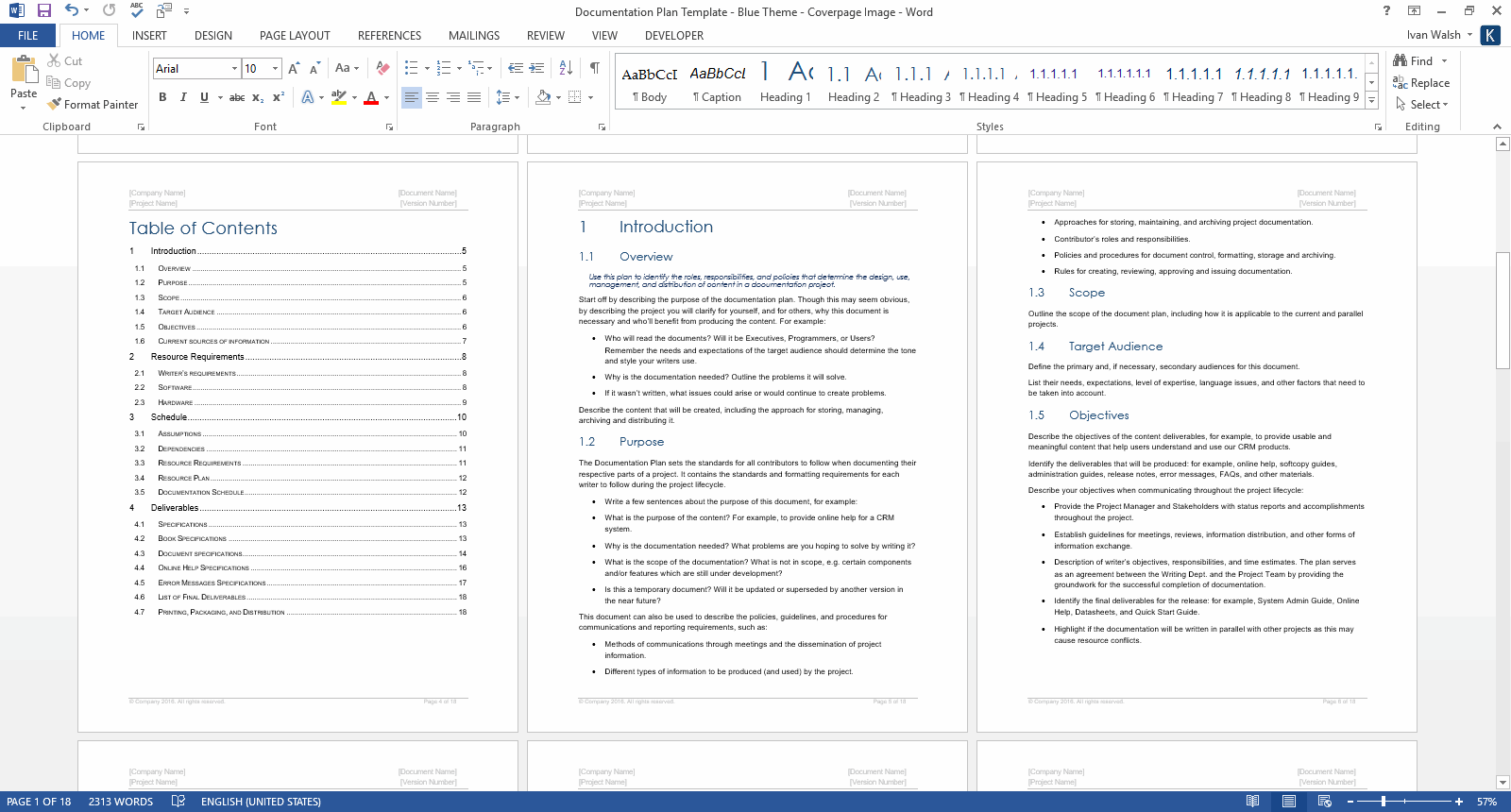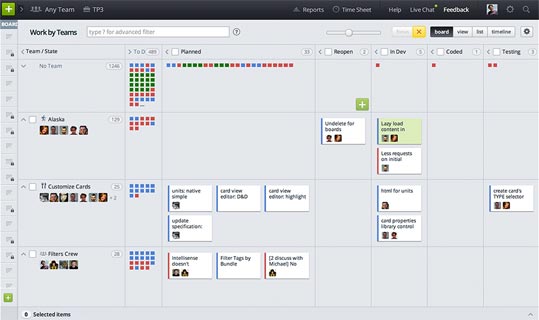

In effect, firmographics is akin to demographics, except that it focuses on the characteristics of businesses rather than people. Typically, this segmentation is as helpful for B2C and business-to-business (B2B) marketing efforts.Ĭommon psychological characteristics and traits to consider during demographic segmentation include:įirmographic segmentation classifies companies and businesses into a set of shared attributes, such as their industry and number of employees. Unlike demographic segmentation, which describes who consumers are, psychographic segmentation offers a glimpse into the motives behind why they buy something. Psychographic segmentation classifies consumers based on their psychological and personal traits, such as values and attitudes. Typical attributes that to consider during demographic segmentation include: Typically, this segmentation is best used for business-to-customer (B2C) marketing efforts.


Demographic segmentation offers a glimpse of consumers as actual people in the real world using common data collection methods. Demographic segmentationĭemographic segmentation classifies consumers based on specific attributes, such as age or income level. Though each segmentation is distinct and offers its own view of a target market, it is also common for marketers to use many of them together to paint a more complex and telling portrait of their potential customers. To help you define your target audience, the section below contains descriptions of four of the most common types of market segmentation. Through segmentation, marketers can identify the key characteristics that define their target market and direct marketing efforts to their unique needs, interests, and personalities. Market segmentation is the process of dividing a market into smaller groups of people, or segments, to identify areas for possible market growth. Target market segmentation: Defining a target market Some examples of target markets-and products that might be marketed within them-include the following:Īn action figure targeted to boys aged 9-14Ī pair of vegan running shoes created from recycled materials targeted at eco-conscious athletes aged 24-45Ī high-end, direct-to-door meal kit company that targets busy professionals with disposable income ages 30-45 In effect, every product or service on the market today can be said to be directed toward a specific target market.Ī target market can be defined by various factors, such as shared demographic characteristics or traits.
Target process 3 online documentation how to#
Target market examplesīusinesses define their target market to know who they are selling to and how to reach those customers through their marketing efforts. A comprehensive understanding of a target market could help businesses meet their overall marketing objectives. For example, one study conducted by CoSchedule found that marketers who documented their strategy were 414 percent more likely to report success than those who didn’t. Research suggests that thoroughly preparing a market strategy, which includes identifying a target market, could lead to marketing success. There are many ways to define a target market, including demographics, psychographics, firmographics, and customer behavior. Knowing their target market helps businesses craft marketing campaigns that reach and appeal to their customer base. The purpose of identifying a target market is simple: to have a clear understanding of the possible customers that might purchase a product or service in order to direct marketing efforts. In this section, you will learn why it matters and find examples of it in action to help you better understand how it works. When you identify a target market, you can improve your overall marketing outcomes. Target markets: Why they matter and examples You will also find next steps and suggested courses to help you on your next marketing endeavor. This article will cover why target markets matter, examples of them in action, how they are defined through segmentation, and the range of marketing strategies used to reach them. Knowing your target market sets you up for success.

Identifying a target market is an integral part of any new business undertaking, whether at a Fortune 500 company or a soon-to-be-launched small business. Companies use target markets to thoroughly understand their potential customers and craft marketing strategies that help them meet their business and marketing objectives. A target market is a specific group of people with shared characteristics that a business markets its products or services to.


 0 kommentar(er)
0 kommentar(er)
